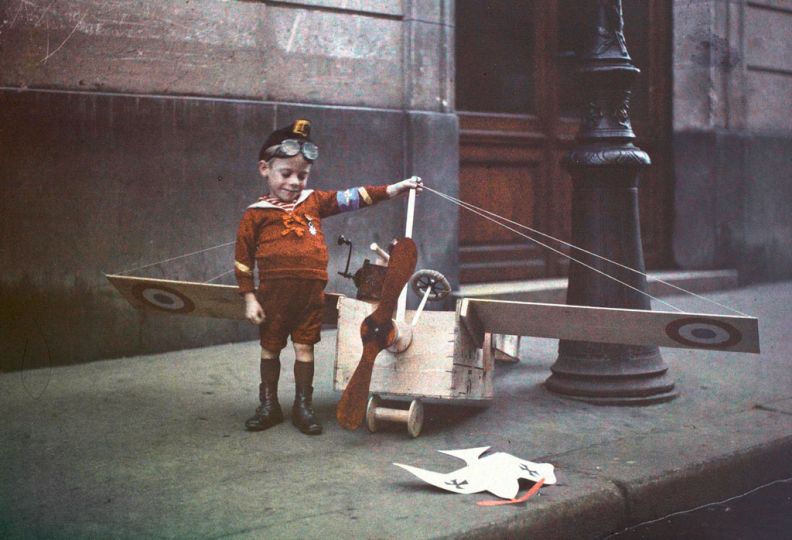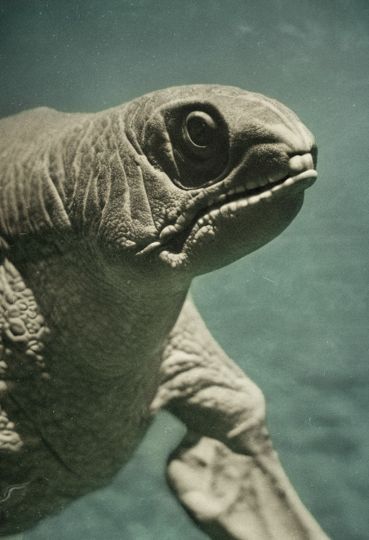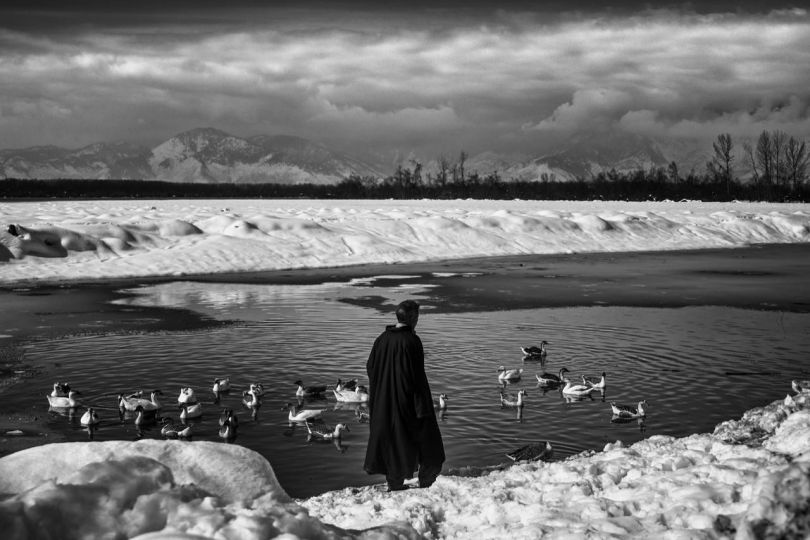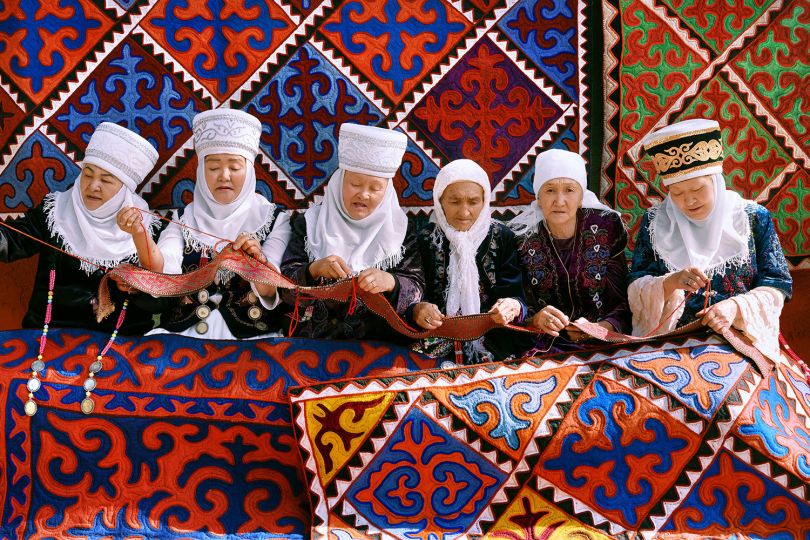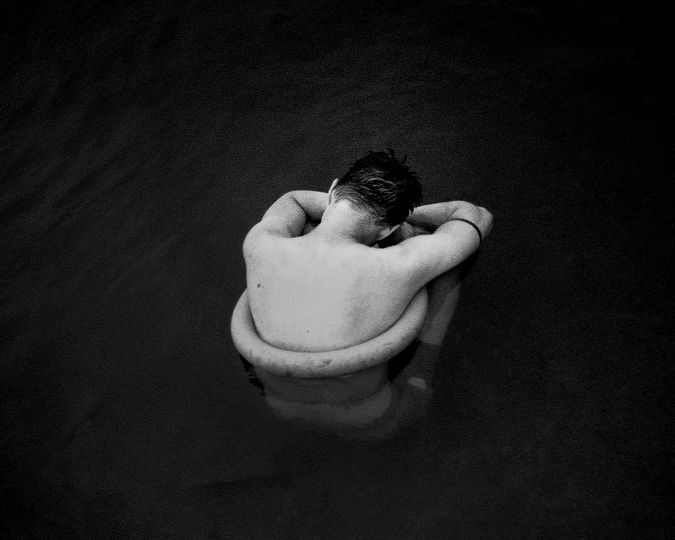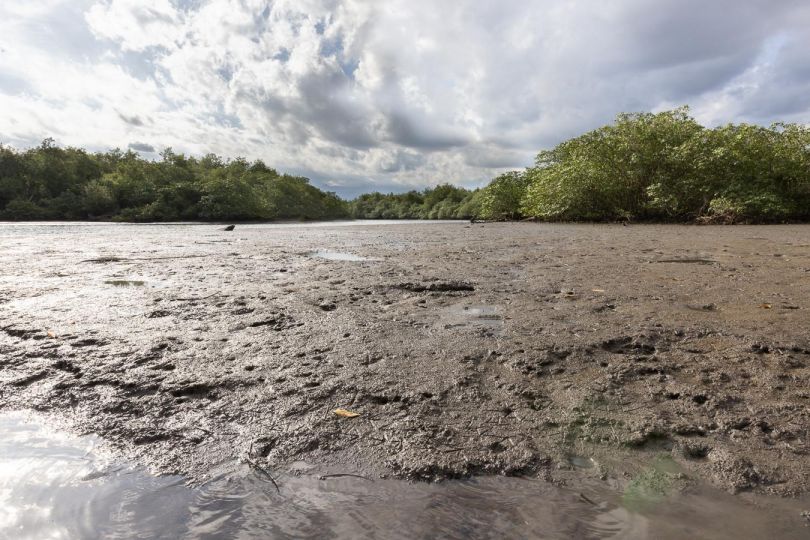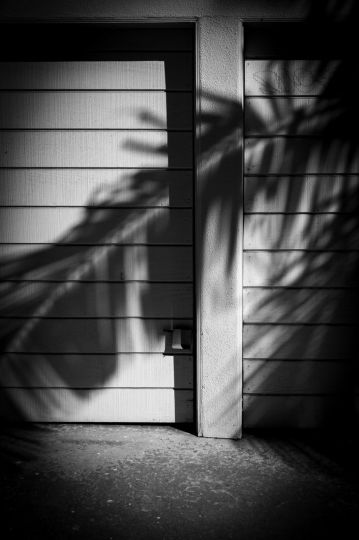Léon Gimpel was one of the major photographers of the Belle Epoque. He collaborated with the renowned French weekly magazine L’Illustration where he firmly imposed his contemporary coverage of the news. His collection of pictures is preserved by the French Society of Photography of which he was a member and which is now a partner of the exhibition in Sete.
L’armée de la rue Greneta is a serie of color and black and white autochrome plates, inspired by the artist Poulbot’s drawings, and was made between August and September, 1915 in the Greneta street, in the district of Les Halles in Paris, before the photographer himself joined the battlefront. With the precious help of his troop of children, Léon Gimpel recreated a complete iconography of warfare. The capture of the prisoner, his execution, the wounded, the medal award ceremony, everything was an exact rendition of warfare scenes and even of the early use of aviation !
The autochrome-plates process was patented in 1903 by the Lumière brothers and was the first color process to be marketed (1907). It used potato starch and implies an exposure time that limited instantaneous shots.
Although largely unknown today, Léon Gimpel (1873-1948) was nevertheless one of the biggest amateur photographers of the Belle Epoque. Fascinated by science and technology, he is closely associated with the advent of the autochrome process, which was the first color photo technique developed by the Lumière brothers. For more than 30 years, he produced reports for the press, designed series of images intended to popularize science, and pushed even further the technical boundaries of photography. Léon Gimpel’s photos are preserved, inventoried and classified by the French Society of Photography, which has an exceptional collection.
EXHIBITION
L’armée de la rue Greneta
Until June 3rd 2012
Espace Don Quichotte / Proméo
547 quai des Moulins 34200 Sète
France

